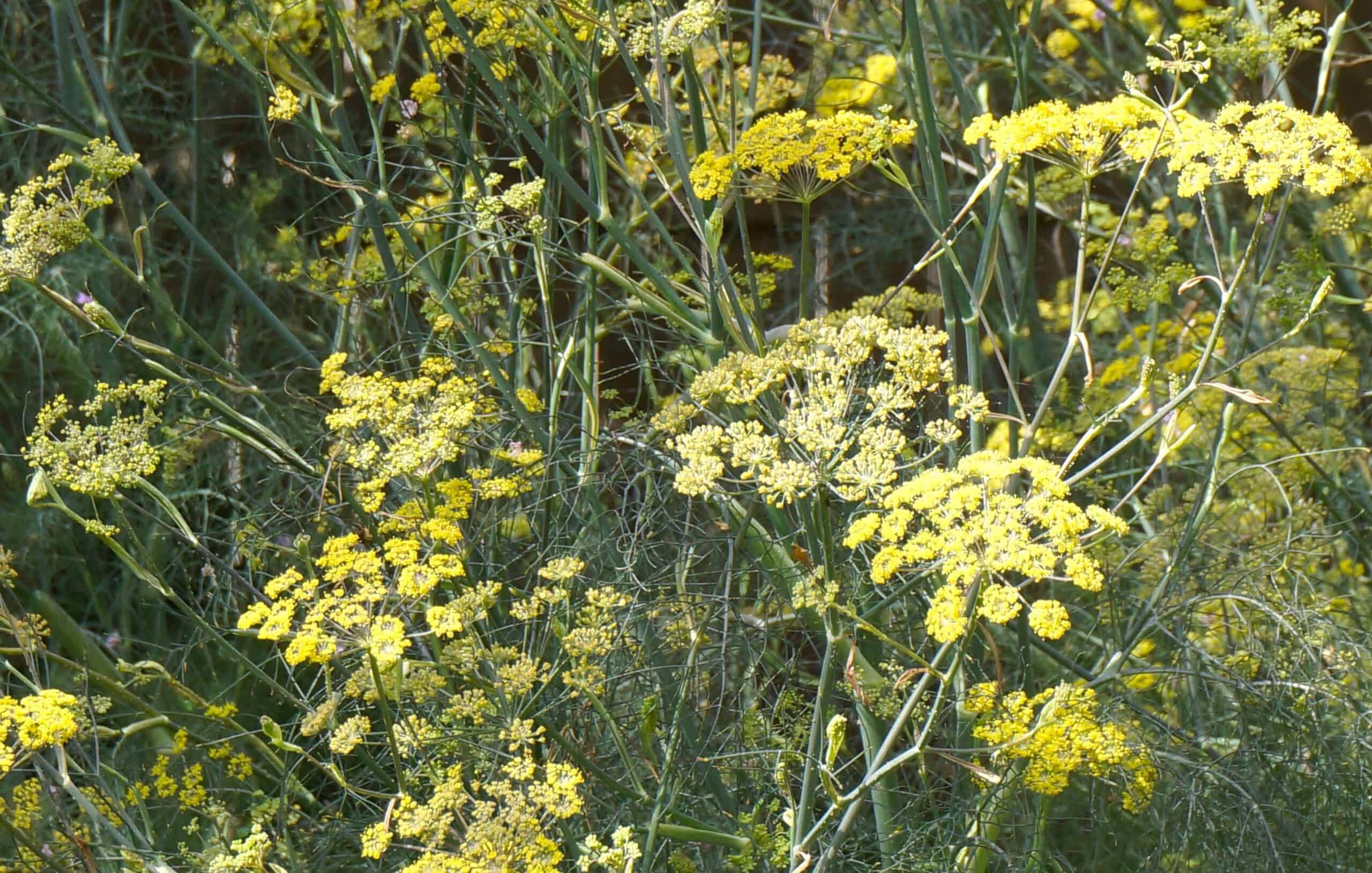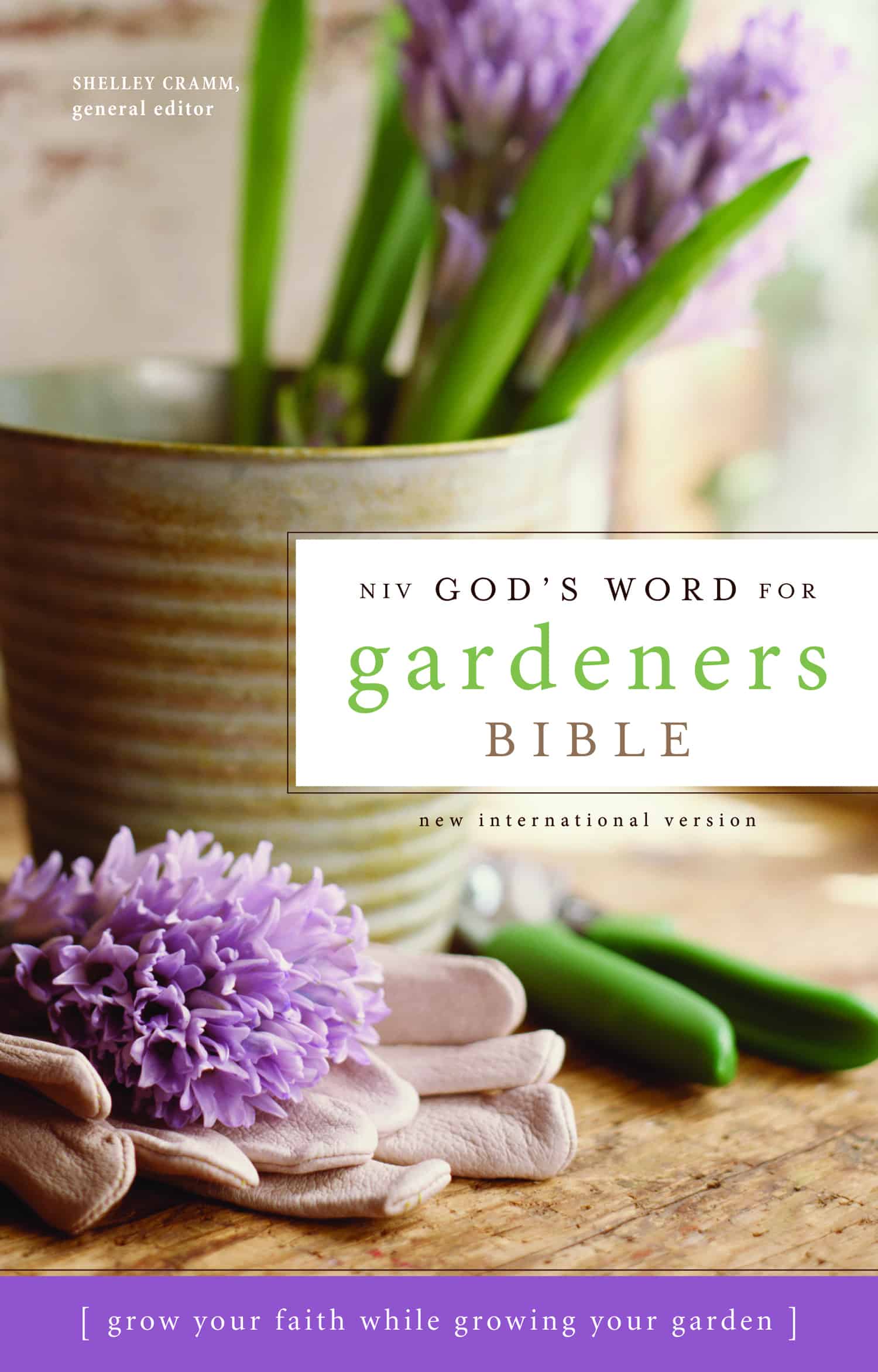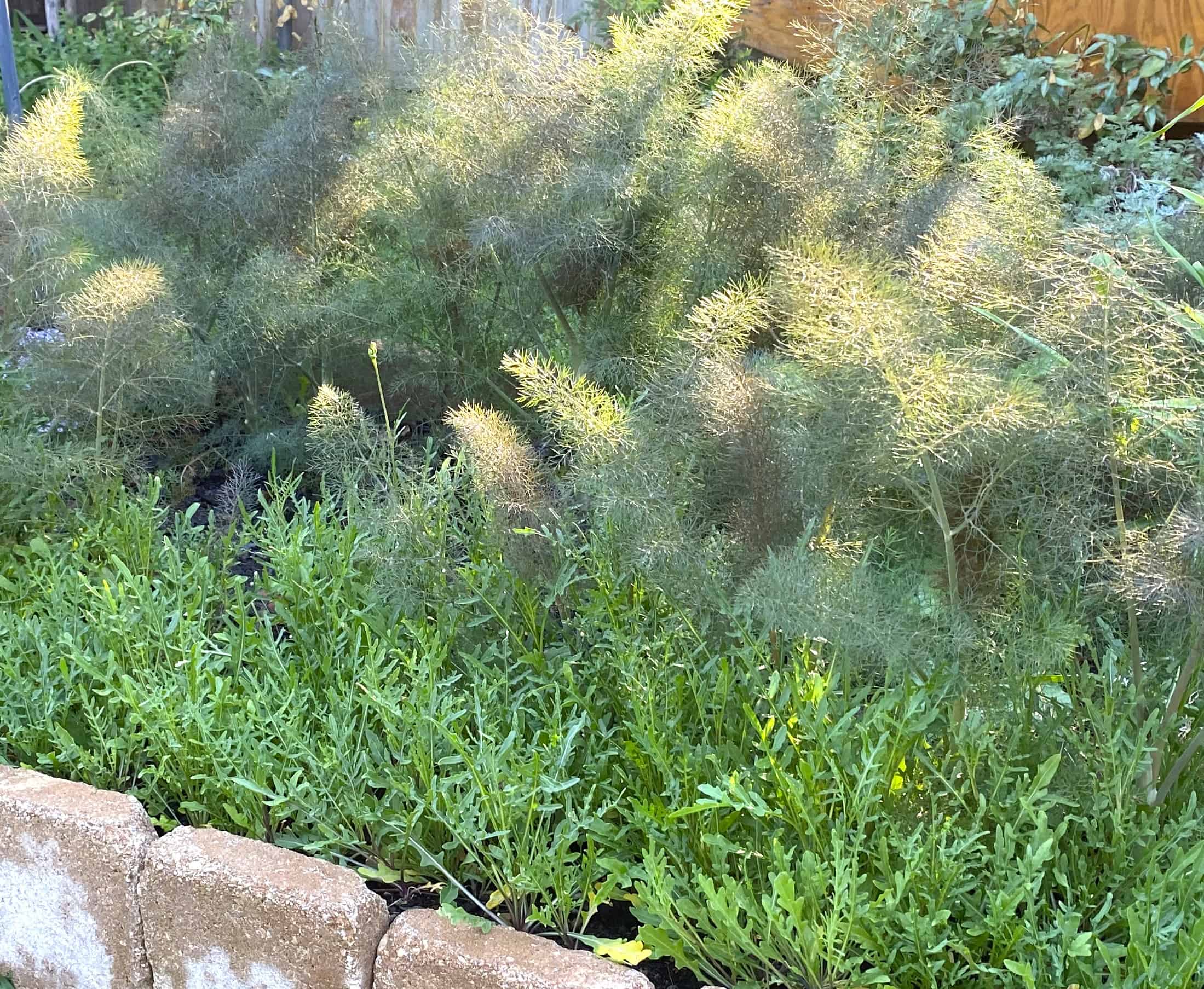Fennel
Foeniculum vulgare
Apiaceae, Parsley Family


When he has leveled its surface, does he not cast abroad [the seed of] dill or fennel and scatter cummin [a seasoning], and put the wheat in rows, and barley in its intended place, and spelt [an inferior kind of wheat] as the border? [And he trains each of them correctly] for his God instructs him correctly and teaches him.
Isaiah 28:25-26 AMPC

Fennel is not referenced in NIV God's Word for Gardeners Bible, but find discussion of dill and other herbs near Matthew 23:23 in "A Gardener's Clue," as part of the Garden Work theme of Bearing Fruit, pages a-34 & a-35

“Woe to you Pharisees, because you give God a tenth of your mint, rue and all other kinds of garden herbs, but you neglect justice and the love of God. You should have practiced the latter without leaving the former undone…”
Luke 11:42 NIV
Cultural Information
| Type | Herbs & Spices |
| Height | 14 inches to 5 feet |
| Soil | any soil type with plenty of humus and good drainage |
| Exposure | full sun |
| Leaves | middle, warm green, finely formed and feathery, strongly flavorful and aromatic; very similar to dill, bronze variety available |
| Flowers | ochre yellow, dotted array umbel flowers, forming densely at end of season in warmer temperatures; plant can bolt to 5 feet when flowering |
| Fruit | seeds form on drying flower heads, small, nugget shaped, similar flavor and aroma to leaves |
Planting Tips
- Find fennel in 4” transplants from the garden center or sow directly from seed in the garden
- Fennel prefers cooler temperatures; mild climate gardeners can sow seeds in autumn to get good growth before plants bolt in a warm spring.
- Fennel plants will grow 12 to 18 inches through the cool season. As plants mature and temperatures warm up, expect them to reach up to 5 feet! Keep these sizes in mind when determining where to sow seeds – maybe middle to back of garden beds to avoid shading other plants.
- Water seeds every day, keeping soil evenly moist but not flooded. Germination may take up to 3 weeks.
- When seedlings are about 2 inches tall, begin thinning them to 1 plant every 8 to 12 inches.
- Thin by cutting tiny stems at soil level, not pulling them from soil, in order to keep the seedlings you want to keep from being uprooted.
- Your trimmed seedlings are ready to eat – use as garnish or dice for instant flavor.
- Let seedlings grow 4 to 6 inches tall before beginning to harvest leaves so they are well-established to keep producing.
- Plants will grow slowly and incrementally until warmer temperatures arrive. Then watch for the plants’ central stalk to become more stout, and flowering to begin
- Fennel bulbs form above the soil line and can be harvested when they reach about a 3 inch diameter or let them keep growing to 4 inches or more.
- To harvest bulbs, cut the plant at soil level and leave roots intact. A second flush of growth may appear. Cut branches from bulbs and form bundles for drying.
- Flavorful fennel is a favorite of butterfly caterpillars…so you may lose a plant or two to their defoliation!
Garden to Table
- There are bulb fennels (also called sweet fennel or Florence fennel) and bronze fennels: Decide if you want to savor fennel bulb in salads or as roasted vegetables OR enjoy the intriguing, smokey look of the plant in your garden but no bulb. Both varieties yield savory leaves and seeds.
- Fennel leaves, with their anise or licorice-like flavor, are a unique addition to salads and side dishes.
- Trim branches from your fennel plants here and there, or from a few different plants, to leave the remaining plants in good overall shape for continuing supply.
- Use herb scissors or dice fine leaves into very small, confetti-like pieces. Stems are edible, but have a coarser texture.
- If you need to harvest a few hours before serving, store cut stems in a vase of water to prevent wilting in the vegetable bin.
- Try dried, ground leaves as a substitute for cinnamon in your favorite coffee cake recipe.
- Make flavored vinegar from fennel leaves; bronze leaves will yield a pink tint
- Fennel bulb is similar in texture to celery. It can be enjoyed crunchy-fresh or roasted with other root vegetables. Find fennel bulb in the produce section if yours aren’t yet ready for harvest.
- Fennel is probably best known for its seed, which typically flavors Italian sausage. Add diced fennel leaves to pasta sauce to add flavor dimension with either sausage or ground beef.
- Bronze branching makes this plant an intriguing addition to bouquets and floral arrangements. It pairs especially well with cool season stock flowers from the garden.
- Fennel flowers are beautiful in bouquets, too - take note that flowers are not edible.
More Research
See Blog Posts on Fennel…the herbs and spice tithe in this story moment gave [the Pharisees] empty hearts away (Matthew 23:23). They looked good and smelled good, as the saying goes; most drought-tolerant herbs stay leafy-green through even semiarid seasons, and mint and dill leaves, and cumin’s pungent seeds, have alluring aromas. Yet they are not the nourishment of a meal, merely attractive outerwear, we might say; likewise the elaborate vestments (Matthew 23:5) and hollow words of the Pharisees had nothing of substance to bless others.
-from the NIV God's Word for Gardeners Bible

“Woe to you Pharisees, because you give God a tenth of your mint, rue and all other kinds of garden herbs, but you neglect justice and the love of God. You should have practiced the latter without leaving the former undone…”
Luke 11:42 NIV
Photo Credits
©2021 Shelley S. Cramm Smokey Bronze Fennel Foeniculum vulgare var. in full bloom in a Texas garden
Photo 78919410 / Fennel Plant © Barmalini | Dreamstime.com
©2021 Shelley S. Cramm Smokey Bronze Fennel Foeniculum vulgare var. with Italian arugula for a savory salad garden

